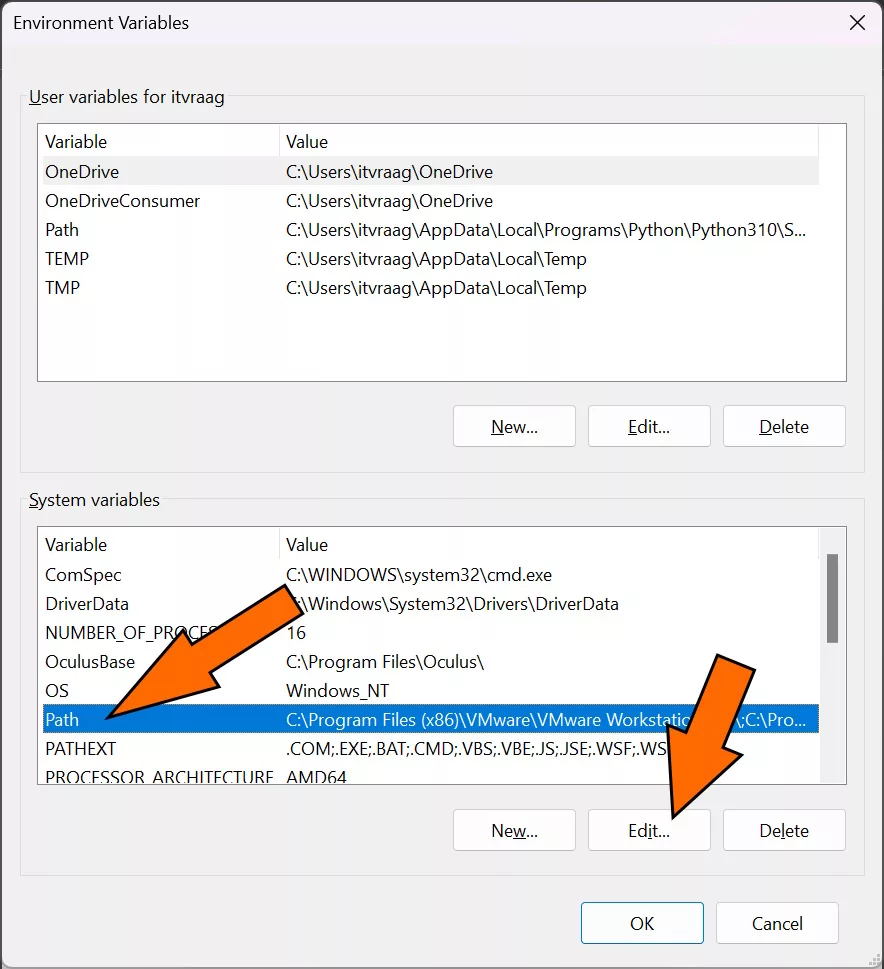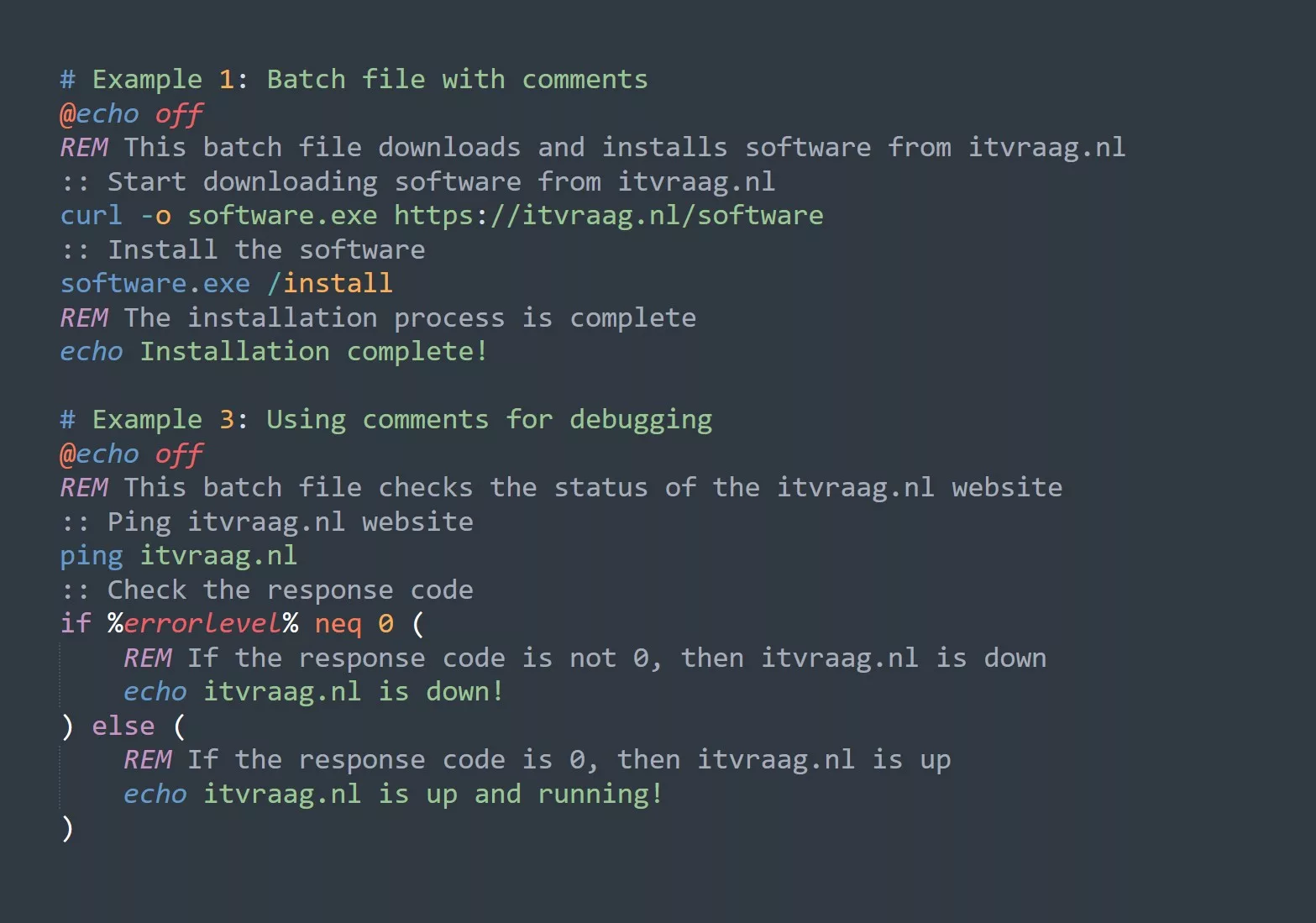Requirements and Dependencies
Before getting started, make sure you have the following:
- Windows 11
- Windows Subsystem for Linux 2 (WSL2) installed, with an Ubuntu distribution
- An X Server for Windows, such as VcXsrv
Step 1: Install a Desktop Environment
The first step is to install a desktop environment on your Ubuntu WSL2 instance. There are many options to choose from, such as GNOME, KDE, Xfce, and more. In this tutorial, we will use Xfce as an example.
To install Xfce, run the following command in your Ubuntu terminal:
sudo apt-get update
sudo apt-get install xfce4 xfce4-goodies
This will install the Xfce desktop environment and some additional plugins.
Step 2: Configure X11 Forwarding
Next, we need to configure X11 forwarding so that the graphical applications can display on your Windows machine.
Open the Ubuntu configuration file using the following command:
nano ~/.bashrc
At the end of the file, add the following lines:
export DISPLAY=$(cat /etc/resolv.conf | grep nameserver | awk '{print $2}'):0
export LIBGL_ALWAYS_INDIRECT=1
Save and close the file. Then, run the following command to apply the changes:
source ~/.bashrc
Step 3: Start the X Server
Now, start the X Server on your Windows machine. If you are using VcXsrv, open the XLaunch application and select the “Multiple Windows” option. Click “Next” and then “Finish”.
Step 4: Launch the Desktop Environment
Finally, launch the desktop environment from the Ubuntu terminal using the following command:
startxfce4
This will start the Xfce desktop environment on your Windows machine. You can now launch any Ubuntu GUI application from the menu or terminal.

Key Takeaways
- Install a desktop environment on your Ubuntu WSL2 instance
- Configure X11 forwarding in your Ubuntu configuration file
- Start the X Server on your Windows machine
- Launch the desktop environment from the Ubuntu terminal
Examples and Tips
- Use the GUI version of your favorite text editor, such as gedit or Sublime Text.
- Use the GUI version of Git to manage your repositories.
- Use the GUI version of Inkscape or GIMP for image editing.
- Use the GUI version of Firefox or Chromium for web browsing.
- Use the GUI version of Thunderbird for email.
Additional Resources
- For more information on WSL2, see the Microsoft documentation.
- For more information on the X Window System, see the X.org documentation.
- For more information on a specific desktop environment, such as Xfce, see the respective project’s website and documentation.



